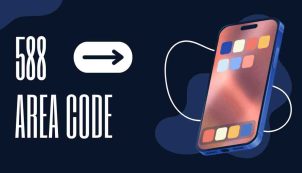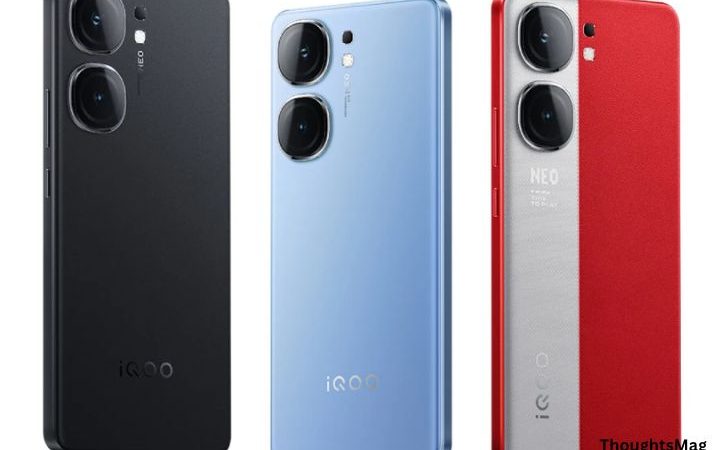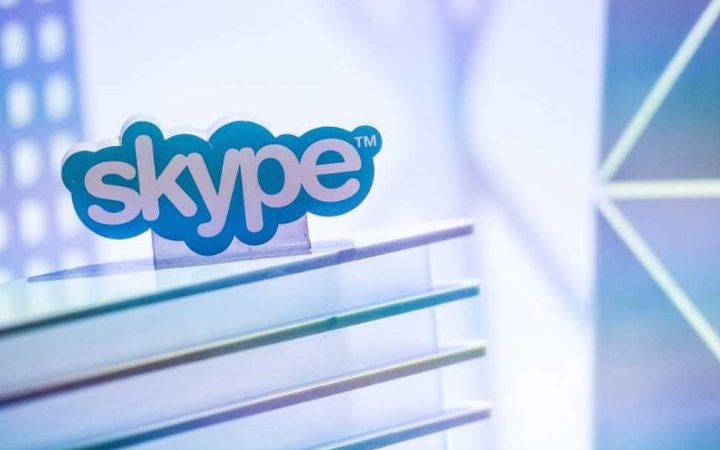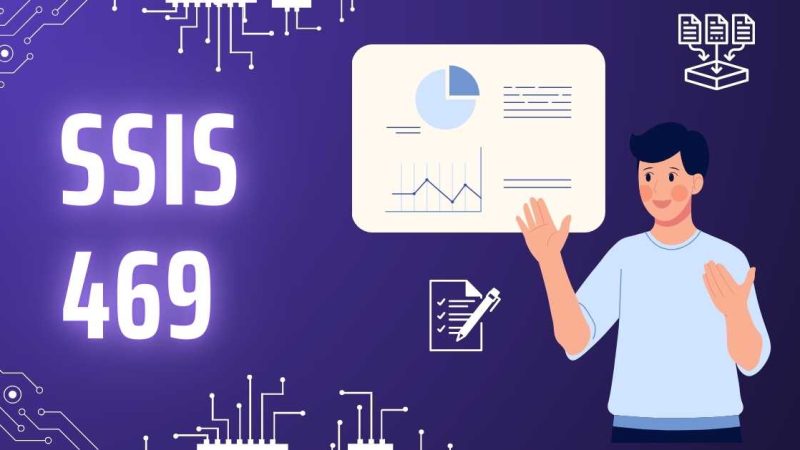Understanding Non-Geographic 588 Area Code

Many discussions have taken place about the safety of the 588 area codes. Many users report that messages and calls from the area code 588 are not secure. Users also wanted to know where the 588 area codes is located and what establishments fall within that geographic zone.
Many users avoid calls and messages coming from the 588 area codes because of their ambiguous meaning. This is not true, as the US Federal Communications Commission has authorized the use of the 588 area codes. This article will explain what the 588 code is, how to find it, and if the 588 code is dangerous.
What is the 588 Area Code?
The 588 area code has been officially approved by US equivalent institutions for a long time and included in their official numbering scheme. It was only in 2015 that the area code 588 became operational, allowing users to receive and send messages using these numbers. HifiBeast can help you learn more about 588’s origins and specifics.
The 588 area code was designed primarily for personal communication. The 5XX number is used to identify businesses or services. You might have received an email or a phone call from a company with the area code 588.
What is the 588 area code?
The 588 number, which is used for personal communication and service, is not tied to any particular geographic area. The majority of numbers within the 588 area codes are toll free, meaning there are no charges for calling or sending messages.
In reality, the majority of other numbers used by the US Federal Communications Commission are linked to a specific geographic area. Sometimes, one area code may be associated with a number of small towns. However, large cities have multiple area codes.
The 588 area code is not associated with any specific geographic area. It was reported, however, that many of the companies and services using this area code are located in Kansas City or other nearby areas.
When is the 588 area code used?
The 588 area code was intended to be used for personal communication and as a service with good intentions. Verizon also uses the area code 588 for its external clients, so they can get the 588 when calling or messaging Verizon users.
The 588 area code can also be abused by spamming text messages and phone calls. In such cases, the intent of those using it is to either get more information about you or to promote certain services. Hifibeast.com has more information about the other common cases where the 588 area codes are misused.
What Are Non-Geographic Area Codes Used For?
Non-geographic area codes, such as 588, are not tied to a specific location. Instead, they serve specialized purposes, often catering to businesses, government organizations, or telecommunications services. These codes provide flexibility for services that require a nationwide presence, such as toll-free customer service lines, virtual office numbers, or emergency response centers.
588 Area Code: Location and Significance
Area Code 588 Location
Area code 588 is a non-geographic area code in the United States, introduced as part of the North American Numbering Plan (NANP). It does not correspond to a specific state or city but serves as a virtual number for specific services.
Significance of the 588 Area Code
The 588 area code plays a key role in offering seamless communication for nationwide operations. Organizations use it to maintain consistent contact numbers regardless of their physical location, providing convenience for users and businesses alike.
Recent Developments
The introduction of area code 588 was part of an initiative to expand available numbers for non-geographic purposes. As digital services grow, such codes are increasingly used for VoIP (Voice over Internet Protocol), cloud-based calling, and other virtual communication services.
Calls from Area Code 588
You may receive a call with the area code 588 if you have contacted a service using that number. You could have previously contacted a legal service, for example, and it is now calling you.
How to avoid spam calls?
If you’ve received several calls from this area code (588), you may want to avoid them. These could be scammers trying to obtain information or carry out illegal activities. Consider using security measures that will help you avoid these spammy calls.
You can start by checking your smartphone’s settings to see if it’s possible to block numbers you don’t recognize. This function is dependent on the smartphone model you have and the operating systems installed. You will not be allowed to receive any calls from numbers that do not appear in your contact list. It could happen for contacts that are not spam, such as when you’re waiting to hear from a messenger.
You can also use mobile apps designed to block spam calls and messages. These apps usually have a wide range of options including the ability to block only numbers with area codes 588. These mobile apps are usually charged a monthly subscription fee, but the added security they provide is well worth it.
Text Messaging Area Code 588
Unknown people have sent messages with the 588 area code to many users. In most cases they are not spam or dangerous. Verizon, for example, assigns a 588 area code to users that do not use their Message+ messaging application. You might even receive a message from a friend who does not use Verizon Message+.
Some messages with the area code 588 may still be considered spammy or even dangerous. You may receive a message with a suspicious link or a questionable content. If you receive such messages, be sure not to click on any embedded links. These messages are designed to steal data from your device, or slow down its performance. Hifi beast will tell you more about the dangers that the 588 area codes messages can carry.
How to avoid spam text messages?
Blocking 588 messages can be more difficult to implement than blocking calls. Verizon users that receive unwanted messages are advised to contact Verizon Support immediately. Support assistants can inform you about the type of messages you are receiving and how you can tune your phone so that you don’t receive them.
You can also block spam by using mobile apps on Android or iOS. You can use spam blockers to identify spammy messages based on keywords or crowdsourcing data in your region.
Country Code 588: Clarification
While area code 588 is a U.S.-based non-geographic code, it should not be confused with a country code. The international dialing format does not assign country code 588 to any nation.
Uses of 588 Phone Numbers
588 Area Code in the USA and Canada
In the USA, the 588 area code is managed within the North American Numbering Plan. It is not commonly used in Canada, but some businesses with cross-border operations may adopt it.
588 Area Code and WhatsApp
Phone numbers with a 588 area code can be linked to messaging services like WhatsApp. However, users should exercise caution, as non-geographic numbers are sometimes exploited for spam or fraudulent purposes.
Spam and Area Code 588
Due to its non-geographic nature, area code 588 has occasionally been flagged for spam activities. Scammers may use these numbers to appear anonymous or bypass location-based restrictions. Users receiving calls or messages from unknown 588 numbers should verify the sender’s identity.
Special Features of Area Code 588
588 Area Code and Devices
- Samsung and iPhone Users: Both Samsung and iPhone devices handle calls and texts from area code 588 without specific settings. Users can block suspicious numbers through their device’s built-in security features.
- 588 Time Zone: As a non-geographic code, 588 does not belong to any specific time zone. The time zone of the user or organization behind the number determines this.
Common Misconceptions
- 588 Area Code in Kansas or California: Some users mistakenly associate 588 with specific states like Kansas or California. However, its non-geographic status confirms it is not tied to any region.
Angel Number 588 Meaning
In numerology, the number 588 is seen as a symbol of prosperity, growth, and balance. While unrelated to telecommunication, this association often sparks curiosity among those intrigued by spiritual meanings.
0128 Area Code
Unlike area code 588, 0128 is often tied to geographic locations in international numbering systems. For instance, the code may appear in countries like Malaysia, where it designates specific regions. Understanding such codes helps distinguish geographic numbers from virtual ones like 588.
Conclusion
588 area code exemplifies the modern need for flexible communication solutions, enabling nationwide connectivity without geographic limitations. While highly functional, its potential misuse highlights the importance of staying vigilant against scams. As technology evolves, non-geographic area codes will likely play an even more prominent role in virtual communications, supporting businesses and users worldwide.






